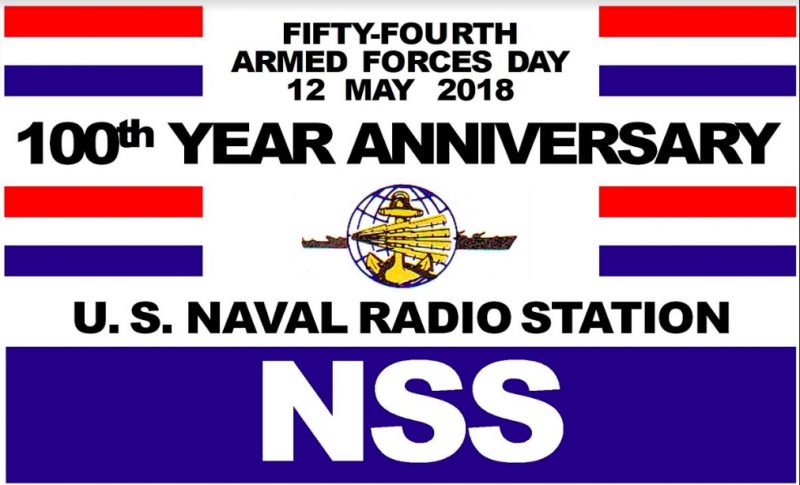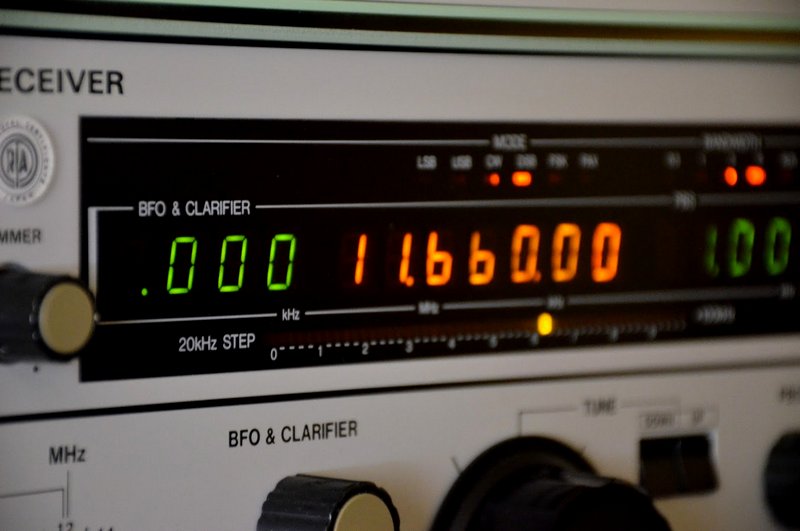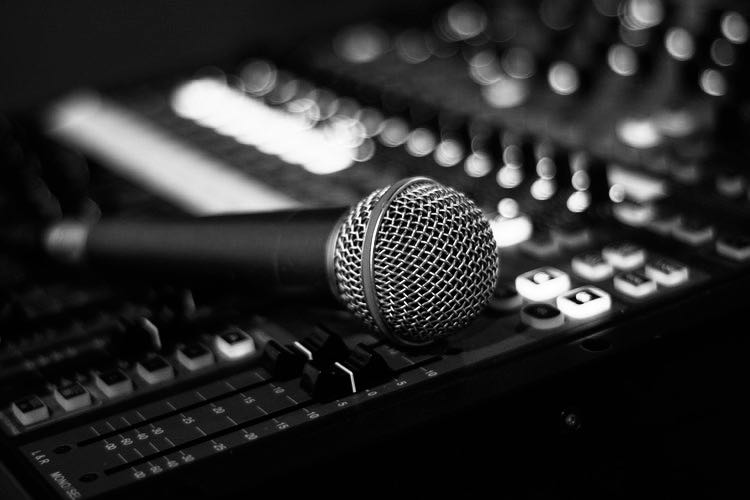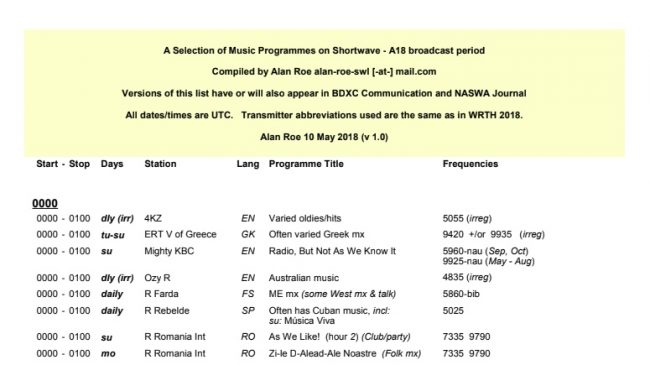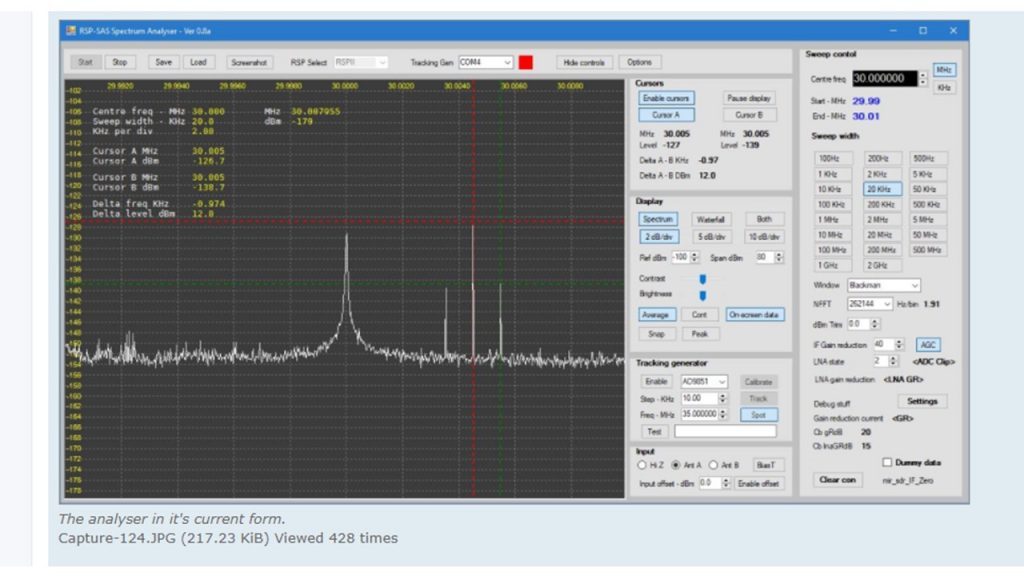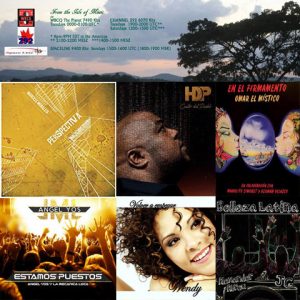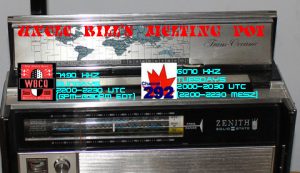Many thanks to SWLing Post contributor, Brian Smith (W9IND), who shares the following press release regarding the historic U.S. Navy callsign NSS that will be reactivated during the 100th anniversary of the former Naval Radio Station in Annapolis, Maryland:
Historic NSS Call Sign to be Reactivated During its 100th Anniversary
Historic U.S. Navy callsign NSS will be reactivated during the 100th anniversary of the former Naval Radio Station in Annapolis, Maryland. The U.S. Naval Academy Radio Club (W3ADO) and the Potomac Valley Radio Club (W3GRF) will reactivate the historic callsign during the upcoming Armed Forces Day Crossband Military/Amateur Radio Communications Test.
NSS operations from the location of the former Naval Radio Station on Greenbury Point will be from 1300Z Saturday May 12 to 0200Z May 13. CW and SSB transmissions will be on 4038.5, 5330.5, 7533.5, 9447, 14487 and 17545 kHz. NSS will listen for callers on announced frequencies in adjacent amateur bands. Commemorative QSLs will be sent for all QSOs.
NSS began operations in 1918 as the Annapolis High Power Radio Station using a pair of Federal Telegraph Company 500 kilowatt Poulson Arc transmitters and four 600 foot towers operating in the Very Low Frequency (VLF) band. At that time VLF provided the only known capability for trans-oceanic radio communications. NSS began continuous operations in the HF bands about ten years later until 1976 when its HF mission was transferred to Naval Radio Station NAM in Norfolk, Virginia. The 1200 foot central tower and dozens of other towers and masts were demolished in 1999, except for three iconic 600 foot Eiffel towers that remain at the southern tip of Greenbury Point.
A brief video history of NSS is here:
www.youtube.com/watch?v=jWuJ6DB9drw
A virtual tour of NSS is here:
Many thanks for sharing this item, Brian! I will do my best to snag a few stations during the crossband test tomorrow!

